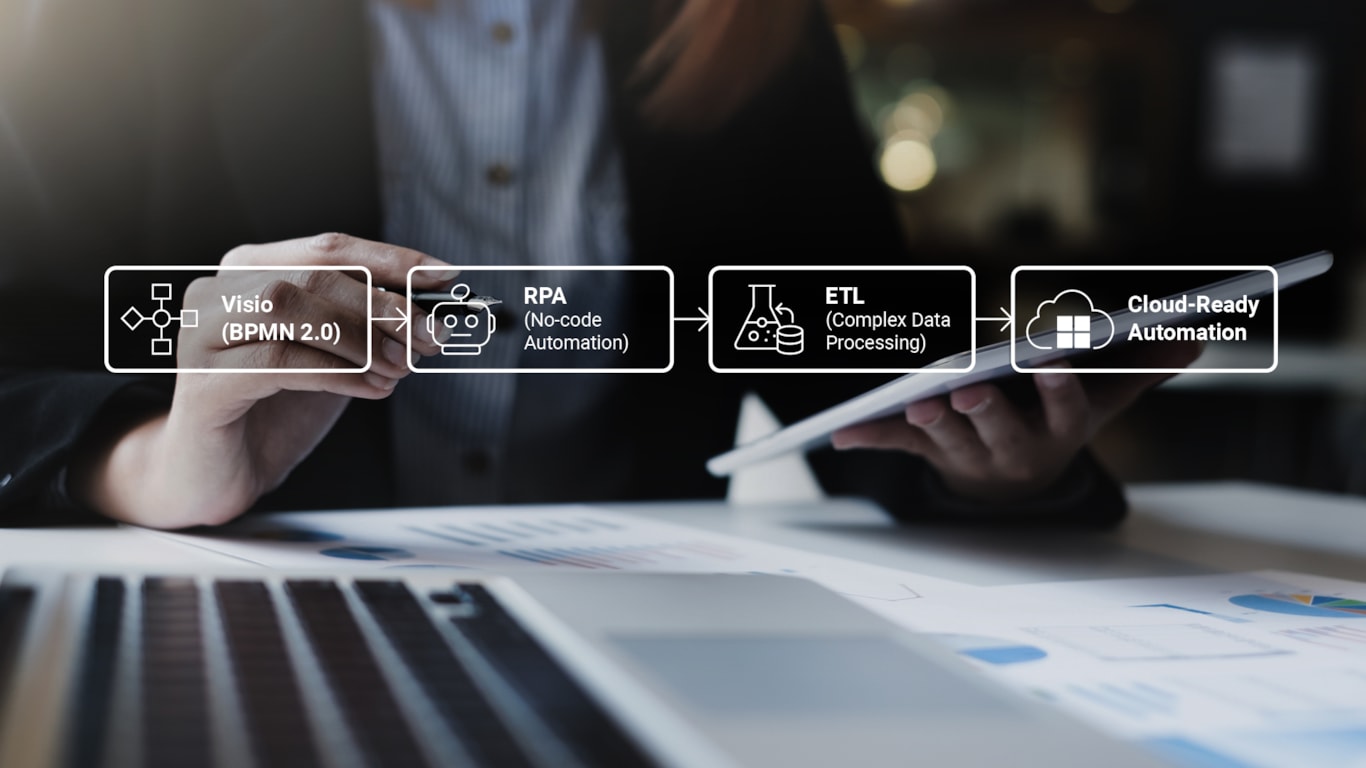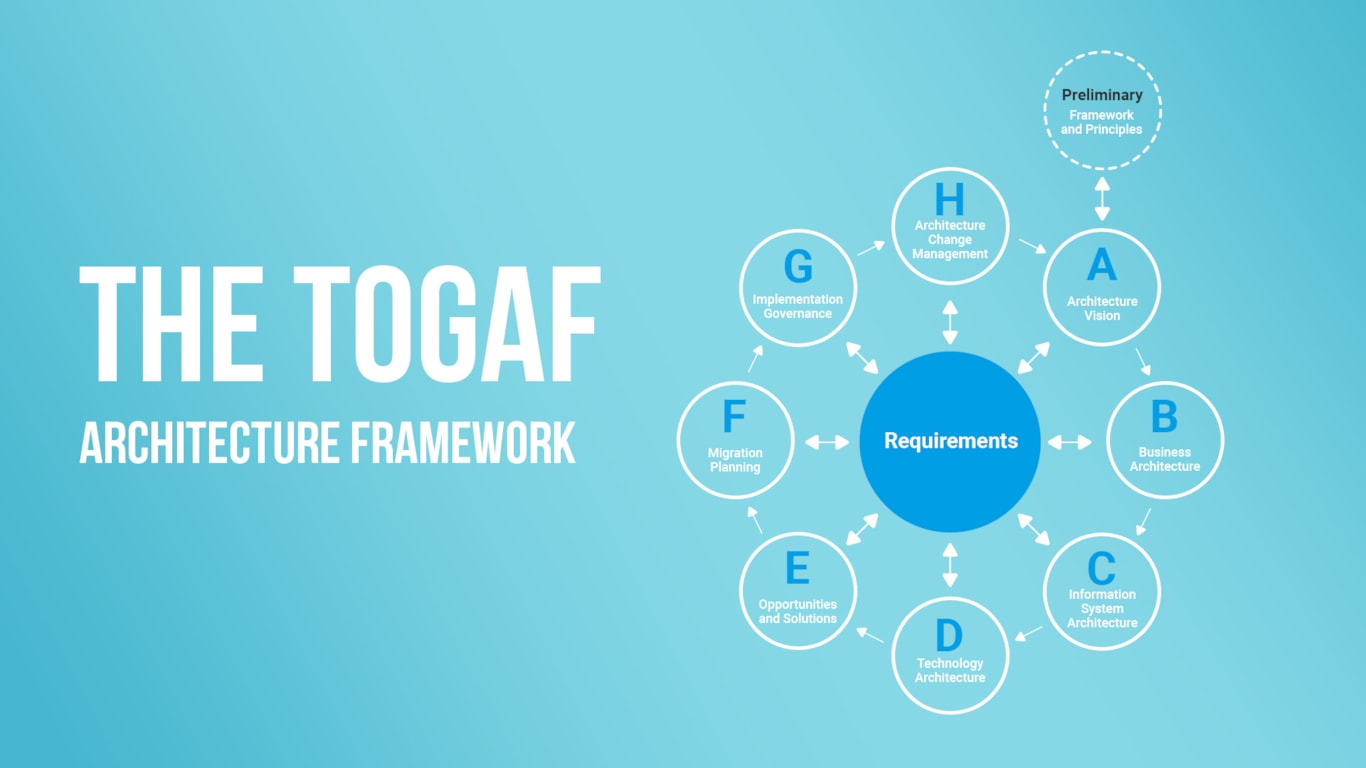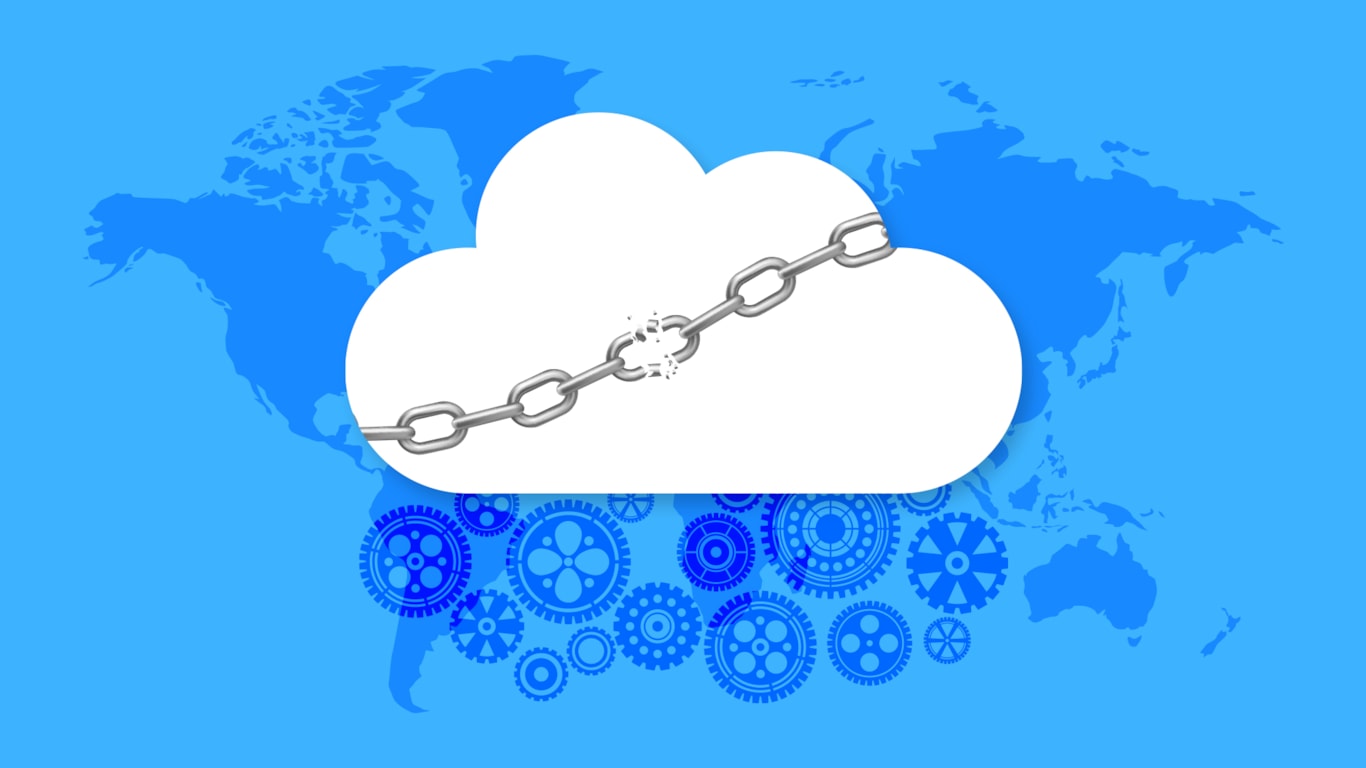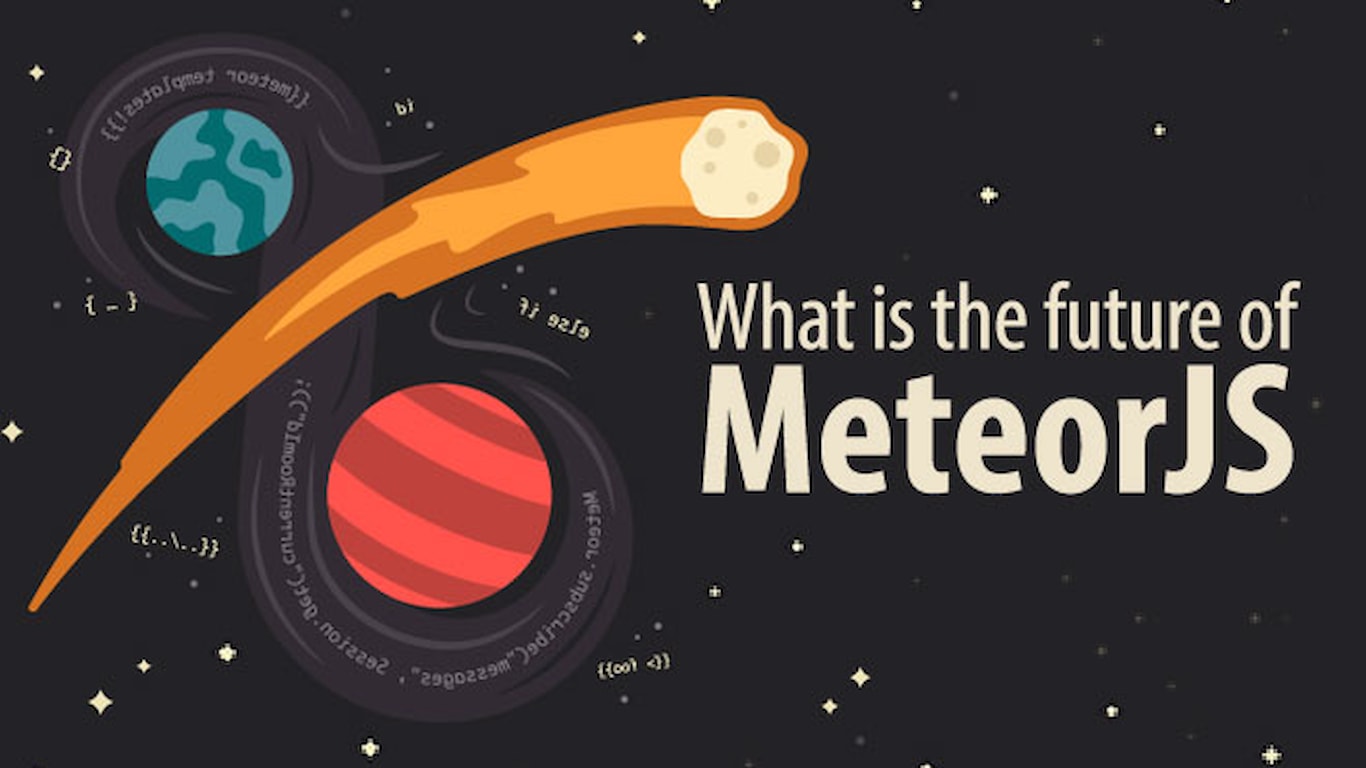
BPMN 2.0: How BPMN standards help build modern architectures
Legacy systems holding you back? Disconnected tools and outdated processes lead to costly errors and slow growth. BPMN 2.0 brings clarity. New version helps align business, teams, and stakeholders through visual process models that drive smarter cloud migration and faster transformation.

Process-driven automation for businesses: How BPMN, RPA, and ETL work together
Still stuck with manual workflows? Automation doesn’t have to mean massive rewrites or lost control. By combining clear process mapping (BPMN), no-code robotic automation (RPA), and smart data processing (ETL), you can streamline operations smoothly, integrating with your existing systems and scaling effortlessly in the cloud.

Using TOGAF and Archimate: Solving uncoordinated business processes
Uncoordinated business processes are the silent killers of enterprise efficiency. For large organizations, especially those with global operations, the challenge lies in aligning every team, system, and objective. Fortunately, frameworks like TOGAF and tools like ArchiMate offer a powerful path forward.

The process of preparing for enterprise architecture development with TOGAF
Modern businesses can’t afford to run on fragmented systems and outdated IT. To stay competitive, you need a unified architecture that connects strategy, processes, data, and technology. Start designing smarter. Explore how the right frameworks can turn architecture into your strategic advantage.

Why legacy architecture holds back business growth — and how to modernize it without risks
Outdated legacy systems slow innovation, increase costs, and create vendor lock-in risks. Learn how to unlock your business’s full potential with a step-by-step modernization roadmap designed to protect continuity and accelerate growth.

Immersion in the learning process of the .NET Full-Stack Engineer Boot Camp
How studying at the Software Full Stack Engineer Boot Camp contributes to rapid team growth and cost optimization for the client. The process of training Junior Developers on a real UN-funded project

What is the Future of Meteor.js
For the first time the world heard about Meteor in December 2011. This is not just another javascript framework. Meteor – a platform for building highly interactive modular client-server applications. Meteor is absolutely new approach to web application development. There are no clear boundaries between front-end and back-end. It enables to write real-time applications, and a rapidly expanding community creates new packages and modules on a scale that will help you in future projects.